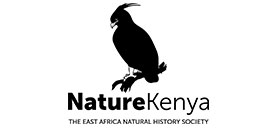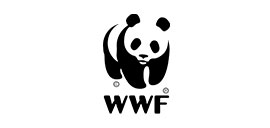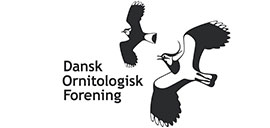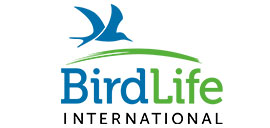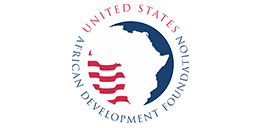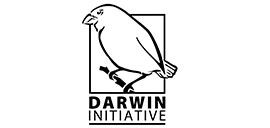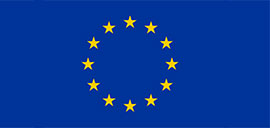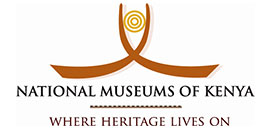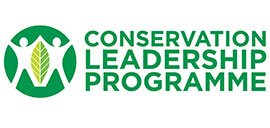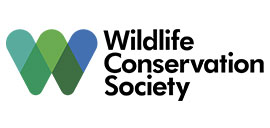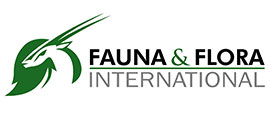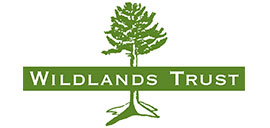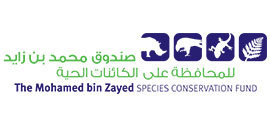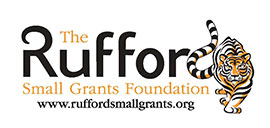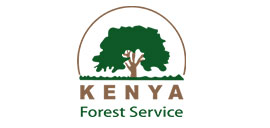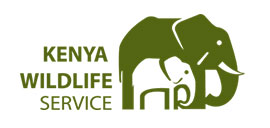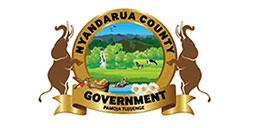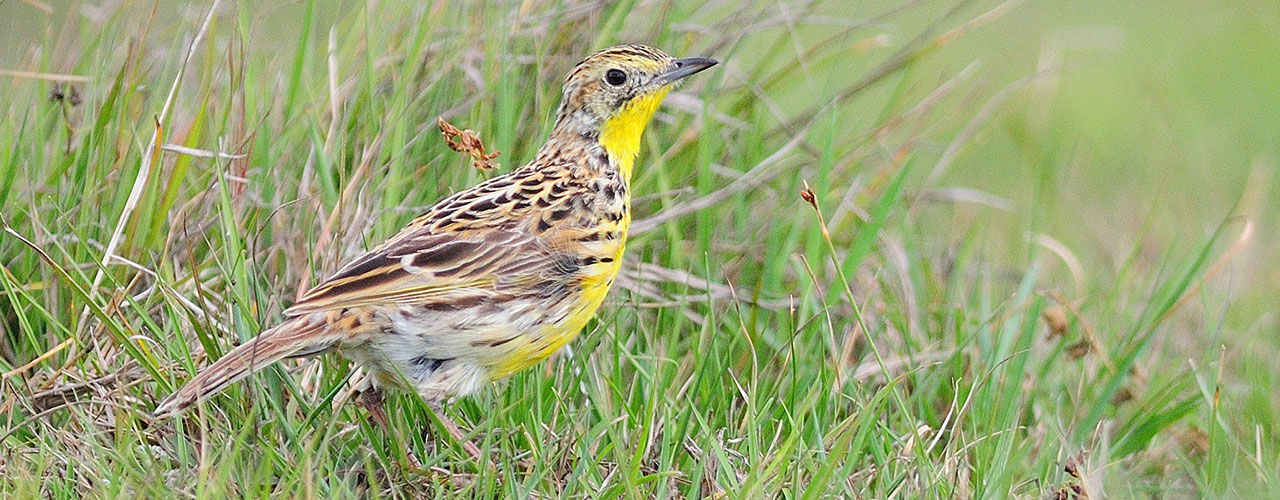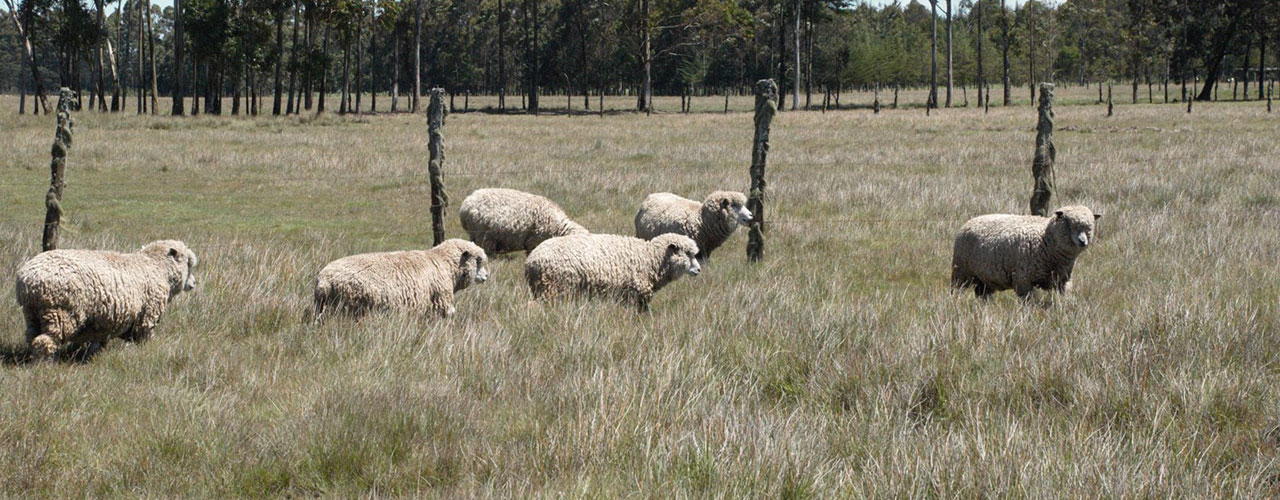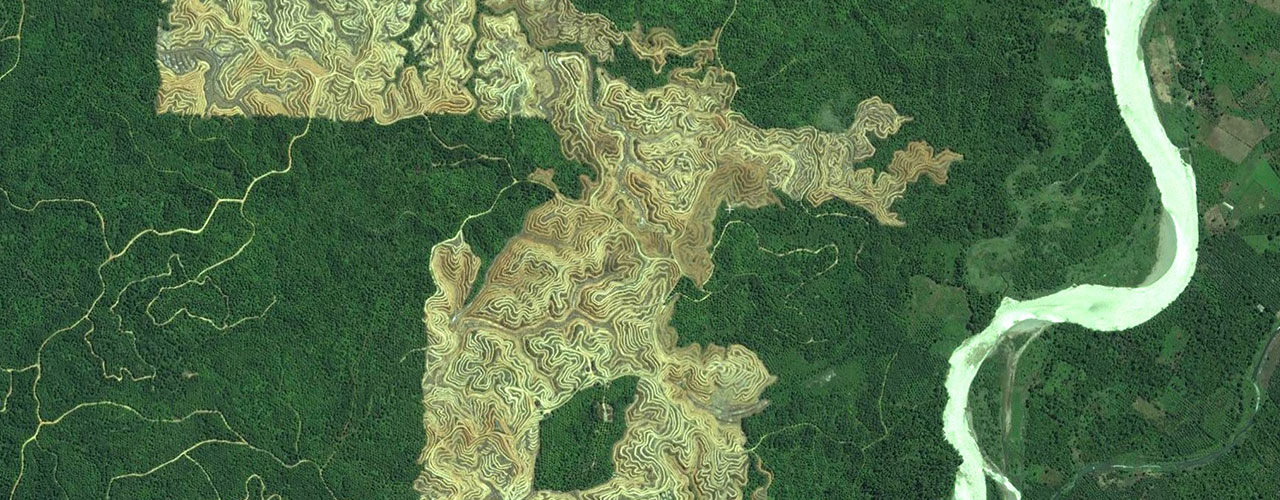The montane highland grasslands of Kinangop are privately owned. These grasslands are home to a diverse critical biodiversity including; the Kenyan endemic and globally endangered Sharpe’s Longclaw (Macronyx sharpei) which population trends are uncertain, the near threatened Jackson’s Widowbird (Euplectes jacksoni), and the vulnerable Aberdare Cisticola (Cisticola Aberdare. Over 20 pairs of the endangered Grey-crowned Crane breed in the numerous wetlands across Kinangop. The unique grasslands host close to 200 bird species. Other species are frogs Phrynobatrachus kinangopensis and Hyperolius montanus and the snake Bitis worthingtonii which are only found in the Kinangop grasslands and a few other sites in the central highlands of Kenya.
Biodiversity
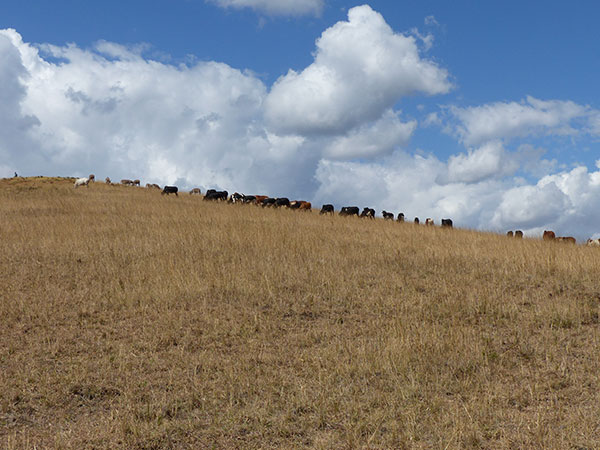
The Aberdare Mountains
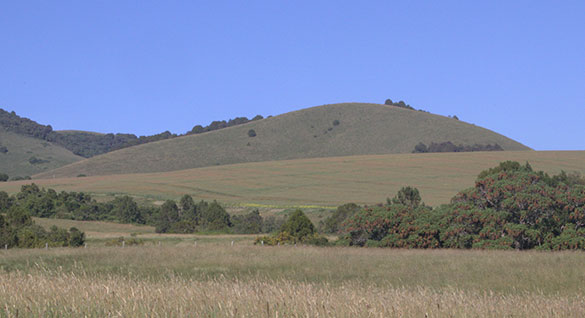
The Aberdare Mountains are in the tentative list UNESCO World Heritage Site and has a large biodiversity too including; the critically endangered Mountain Bongo (Tragelaphus eurycerus) Black Rhino (Critically endangered), the endangered African Elephant, Loxodonta africana (endangered) and the rare Felis aurata in Kenya just to name a few.
Aberdares Mountains present one of the most impressive landscapes of Eastern Africa, with its unusual vegetation, rugged terrain, streams and water falls that create an area of great scenic beauty. The high moorlands and diverse forests demonstrate exceptional ecological processes. The forest has a rich history as fighting ground for the Mau Mau freedom fighters. The Aberdares were believed by the kikuyu to be one of the homes of Ngai (God).
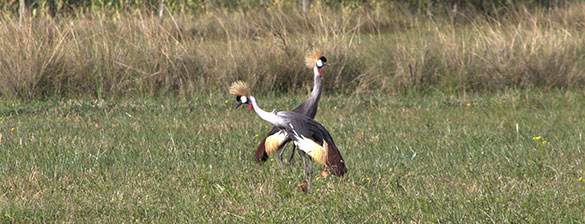
Downstream is the magnificient Lake Naivasha, recognized as a Ramsar Site hosts a congregation of birds at a mean on 19,000 birds a day and is also rich in other biodiversity. Key biodiversity in its list include; numerous raptors including the signature Africa Raptor, the African Fish Eagle breed on the woodlands surrounding the lake. The endangered Basra Reed warbler (Acrocephalus griseldis) and numerous migrant waders and ducks find host on the lake ecosystem. Threatened species include; Macoa Duck (Oxyura maccoa), the near threatened African Skimmer (Rynchops flavirostris).
Friends of Kinangop Plateau (FoKP)
Friends of Kinangop Plateau (FoKP), a community based organization that was founded in 1997 with the major goal of conserving the surrounding/immediate environment, including the Kinangop Highland Grasslands, The Western Aberdare Mountains and Eastern basin/catchment of the Lake Naivasha. FoKP is composed of its 4 active branches namely, Murungaru, Engineer, Njabini and Magumu-Nyakio branches. All FOKP work is aimed to contribute towards attainment of the sustainable developments goals, the Kenya Vision 2030, and in realization that biological diversity underpins ecosystem functioning and the provision of ecosystem services essential for human well-being.
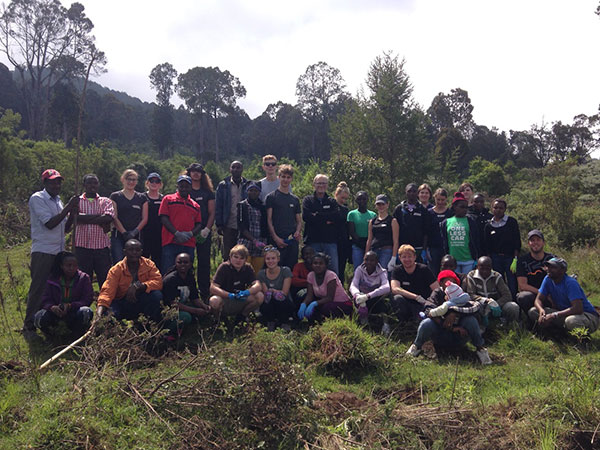
Our area of operation- is home to unique habitat and critical biodiversity of international importance. The unique Kinangop Grasslands specifically are the stronghold of the endangered Sharpe’s Longclaw. The Aberdare Mountains are a UNESCO World Heritage Site and are home to over 75% population of the critically endangered Mountain Bongo, the Black Rhino (critically endangered and African forest Elephant (endangered) among many others including over 200 bird species. The western lower catchment of Kinangop grasslands is Lake Naivasha a Ramsa Site. The lake is surrounded by Hotel industry, flower farms and Naivasha Town to the South.
Friends of Kinangop Plateau work to address threats of habitat loss, fragmentation and poaching and degradation which in turn further reduce the critical biodiversity in it. From deforestation, poaching for food and market, charcoal burning to encroachment happening in the Aberdare Mountains to the Rampant grassland conversion to cultivated land, excessive use of pesticide, overgrazing in Kinangop grasslands and pollution, over extraction, over fishing in Lake Naivasha, anthropogenic activities threaten the critical habitat and in turn the biodiversity in it.
Our Partners
Throughout the years, we have partnered with local and international private, individuals and government in implementing conservation initiatives. Notably, 4 nature reserves have been purchased, eco-resource centre build to ensure sustained community capacity building and have created opportunities for youths and women, capacity built households for livelihood improvement and rehabilitated sections of Aberdare Forest through tree planting, and reached out to over 10,000 students and over 20,000 community members among others.
